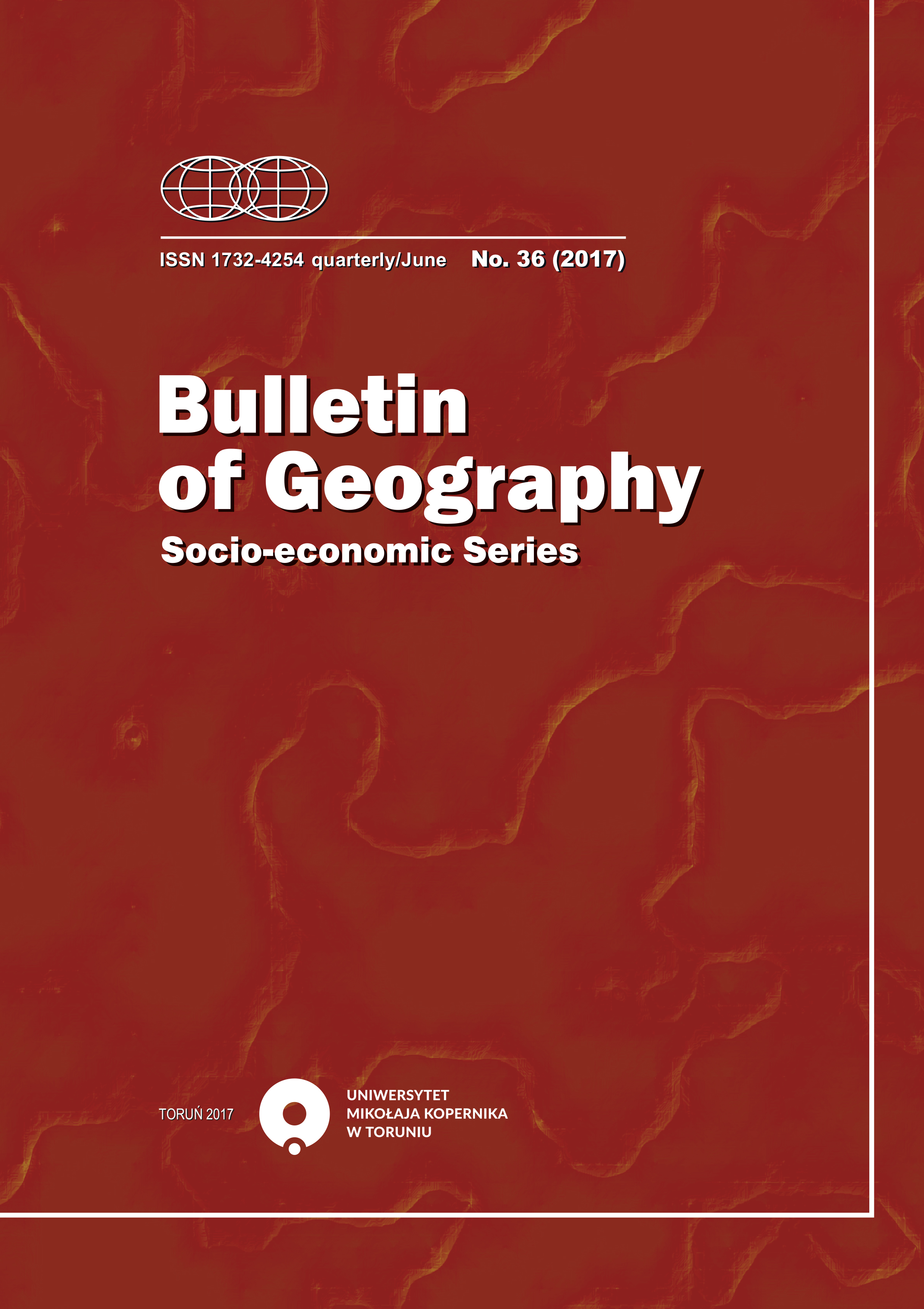Urban structures and substructures
Urban structures and substructures
Author(s): Lidia MierzejewskaSubject(s): Human Geography, Regional Geography, Applied Geography, Socio-Economic Research
Published by: Wydawnictwo Naukowe Uniwersytetu Mikołaja Kopernika
Keywords: town; spatial structure; nodal region; substructure
Summary/Abstract: In urban geography, a traditional but always important research problem has been the spatial-functional structure of towns and changes that occur in this field. Two approaches can be distinguished here: the sociological and the geographical. The former follows in the steps of the so-called Chicago school, i.e. Park, Burgess and Hoyt, and the other of Ullman and Harris. It seems, however, that those two approaches do not exhaust the range of spatial-structural studies which may be conducted in modern towns since there are areas within them endowed with specific properties that can be called their substructures. This paper will present the general characteristics of such substructures and identify factors responsible for their appearance and development. It will also propose an empirical research pattern. The term 'substructures' is taken to denote relatively autonomous, highly uniform wholes standing out in the spatial-functional structure of a town, distinguished on the basis of spatial relations generated by people. While structural elements of towns in the approach of the Chicago school or that of Harris and Ullman can be identified with structural regions, urban substructures show a similarity to functional regions in their organisation, structure and operation. Thus, towns with identified substructures have a polycentric spatial-functional structure, favourable in terms of both the level of service of their inhabitants and their sustainable development
Journal: Bulletin of Geography. Socio-economic Series
- Issue Year: 2017
- Issue No: 36
- Page Range: 117-125
- Page Count: 10
- Language: English

